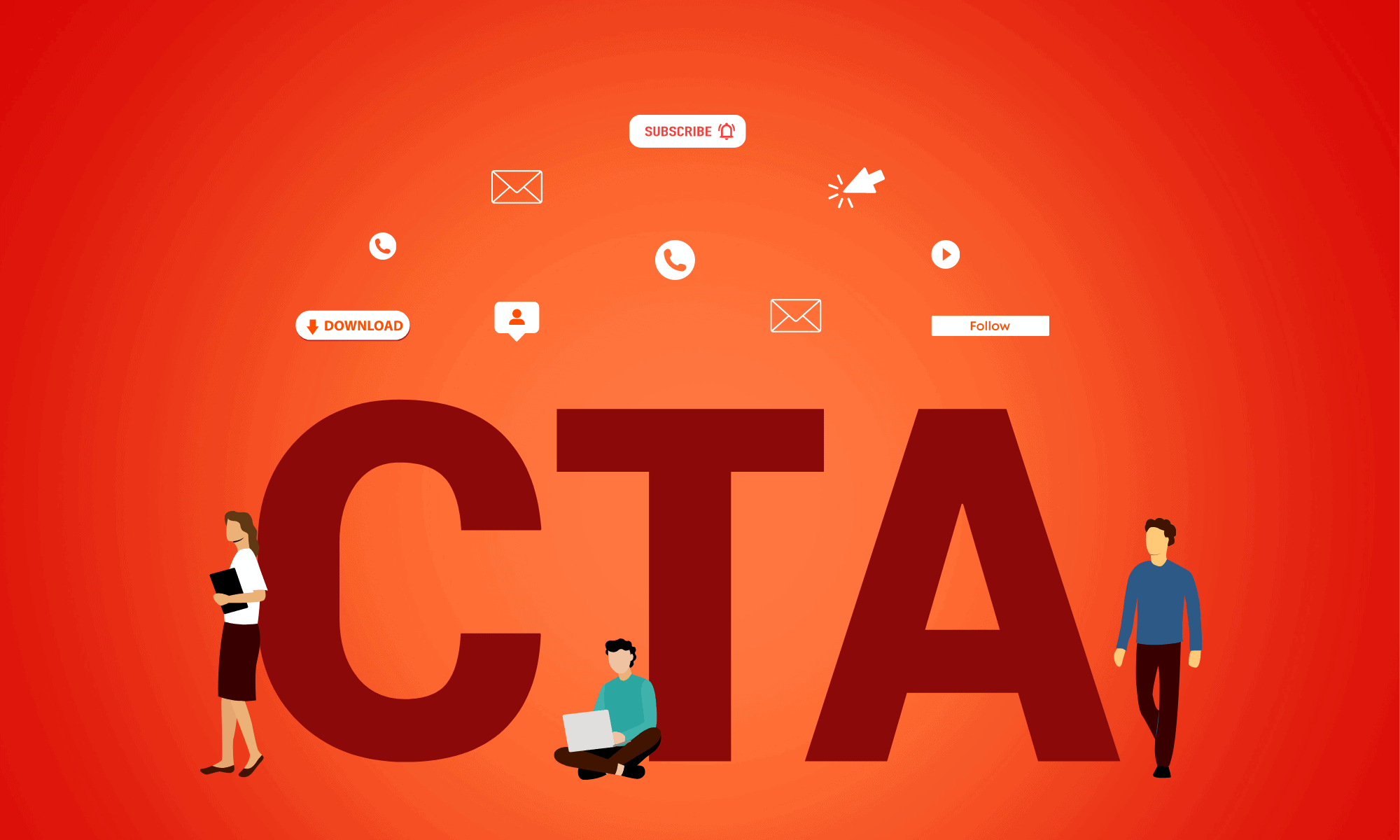
La psychologie behind a good CTA: how to maximize the impact of your pop-ups?
Why do some pop-ups convert at impressive rates while others are ignored or closed immediately? The answer lies in the psychology of the CTA (Call-to-Action). A good CTA is not just a simple button: it relies on cognitive triggers that influence users’ decisions. By understanding these mechanisms, you can transform your pop-ups into conversion magnets. Discover in this article the secrets of the most effective CTAs and how to optimize them to maximize the impact of your pop-ups!
The psychological principles that make a CTA irresistible
A good CTA (Call-to-Action) is based on psychological mechanisms that influence decision-making. Companies that incorporate these principles see a significant increase in their conversion rates. Here are three essential psychological triggers to leverage.

1. Urgency and scarcity to prompt action
The feeling of urgency drives users to act immediately for fear of missing out on an opportunity. This is the principle of FOMO (Fear of Missing Out). A CTA like “Offer valid until midnight” or “Only 3 spots left” triggers a quick reaction from the visitor.
📌 Key statistic: A study by CXL Institute shows that limited-time offers increase conversions by an average of 9%.
2. The reciprocity bias: give before you receive
Consumers are more inclined to take an action when they receive something in return. Offering a free bonus in exchange for an email or sign-up enhances trust and engagement.
Examples of effective CTAs :
“Get your free guide with one click”
“Get 10% off by subscribing”
📌 Data points : A study by HubSpot reveals that companies using a lead magnet see their lead generation increase by 50%.
3. Simplicity and clarity: less friction, more conversions
A CTA that is too long or vague discourages the user. A clear and direct message improves conversion.
Examples of optimized CTAs:
❌ “Click here to learn more about our program”
✅ “Try for free now”
📌 Key statistic: A study by Unbounce indicates that short CTAs increase conversions by 22%.
How to optimize your pop-ups to maximize your CTA’s impact?
A good CTA is not enough: it must be integrated into an optimized pop-up to capture attention and prompt action. Here are two essential strategies to improve its effectiveness.

1. Use the right design and placement
The visual and positioning of a pop-up play a crucial role in its conversion rate. A clean design, with a contrasting CTA button and a clear message, immediately grabs attention. Additionally, the choice of format is crucial:
- Exit-intent pop-up: ideal for recovering a departing visitor.
- Discreet slide-in: less intrusive, it appears on the side of the screen.
- Floating banner: stays visible without interrupting navigation.
📌 Key statistic: According to OptinMonster, a well-designed pop-up can multiply the conversion rate by 4.
2. Test and analyze performance
Optimization involves regular A/B testing. By comparing multiple versions of a CTA, it is possible to identify the most effective one. Tools like Google Optimize, Hotjar, and Poosh.io allow you to measure key indicators:
- Click-through rate (CTR): reflects the attractiveness of the CTA.
- Conversion rate: measures the effectiveness of the pop-up.
- Optimal display time: avoid appearing too quickly or too late.
Continuous analysis and precise adjustments ensure constant improvement in performance. By applying these methods, your pop-ups will become true conversion levers.